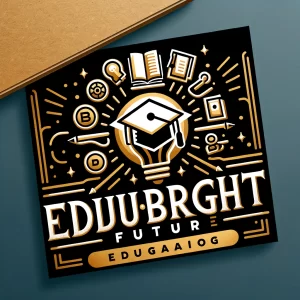In our increasingly globalized world, education must do more than teach basic skills; it must build bridges between cultures and celebrate the diversity that enriches our classrooms. Multicultural education stands at the forefront of this mission, providing students with the perspectives and tools needed to thrive in a diverse society.
Understanding Multicultural Education
Multicultural education is an approach that integrates diverse cultural content into the curriculum and fosters an educational atmosphere that is respectful of diverse cultural backgrounds. It challenges the biases and stereotypes often found in traditional educational materials and promotes an understanding of multiple cultural perspectives.
Curriculum Integration
Effective multicultural education involves more than occasional cultural celebrations; it embeds diversity in the curriculum throughout the school year. From literature to social studies, science to mathematics, students explore how different cultures have contributed to various fields, recognizing the global context of their learning.
Examples of Curriculum Integration
- Literature: Including works from authors of various cultural backgrounds to provide students with a range of perspectives and experiences.
- History: Teaching about significant historical events from multiple viewpoints, including those of marginalized groups.
- Science and Mathematics: Highlighting contributions from scientists and mathematicians worldwide, demonstrating the universal nature of these disciplines.
- Art and Music: Exploring artistic and musical traditions from different cultures to enrich students’ appreciation for global creativity.
Culturally Responsive Teaching
Teachers play a pivotal role in multicultural education by adopting culturally responsive teaching strategies. This involves recognizing students’ cultural backgrounds and tailoring lessons to reflect the students’ experiences and learning styles. Such strategies enhance student engagement and promote a deeper understanding of the content.
Strategies for Culturally Responsive Teaching
- Building Relationships: Establishing strong connections with students and their families to understand their cultural contexts.
- Inclusive Curriculum: Designing lessons that are relevant to students’ lives and cultural backgrounds.
- Differentiated Instruction: Adapting teaching methods to accommodate diverse learning styles and linguistic abilities.
- Critical Thinking: Encouraging students to question and analyze cultural biases in materials and discussions.
Benefits of Multicultural Education
The benefits of embracing multicultural education are profound:
Increased Academic Success
Students are more likely to engage and excel when they see their cultures represented in the curriculum. This representation validates their identities and fosters a sense of belonging, which can boost academic performance.
Social-Emotional Development
Multicultural education fosters an inclusive environment where students learn to communicate and collaborate with peers from diverse backgrounds. This social interaction helps develop empathy, respect, and effective interpersonal skills.
Preparation for Global Citizenship
Students develop a greater awareness of global issues and learn to approach problems from multiple perspectives, preparing them for the interconnected world. This global outlook is crucial for future leaders and professionals who will navigate complex, multicultural environments.
Challenges and Opportunities
Implementing multicultural education isn’t without challenges. It requires educators to be well-versed in different cultural contexts and prepared to handle sensitive topics. However, the opportunities it creates—for dialogue, for reflection, and for growth—make it an essential component of contemporary education.
Addressing Challenges
- Professional Development: Providing teachers with ongoing training in cultural competence and inclusive teaching practices.
- Resource Allocation: Ensuring schools have the necessary resources, such as diverse teaching materials and support staff, to implement multicultural programs effectively.
- Community Engagement: Involving families and community members in the educational process to foster a broader understanding and support for multicultural education.
The Future of Multicultural Education
As we look forward, the need for multicultural education will only grow. Schools that embrace this approach will not only better prepare students for the global challenges they will face but also enrich their lives by teaching them the value of diversity.
Vision for the Future
- Inclusive Schools: Schools will become more inclusive, reflecting the diversity of their communities in their policies, practices, and curricula.
- Empowered Educators: Teachers will be equipped with the skills and resources needed to effectively teach diverse student populations.
- Engaged Students: Students will be actively engaged in their learning, understanding the importance of diversity and global interconnectedness.
Conclusion
Multicultural education is not just a pedagogical approach; it is a commitment to fostering a more inclusive, empathetic, and interconnected world. By integrating diverse cultural perspectives into the curriculum and embracing culturally responsive teaching practices, educators can help students develop the skills and understanding needed to thrive in a diverse society. As we prepare students for the future, we must ensure that education builds bridges between cultures and celebrates the rich diversity that makes our world vibrant and dynamic.
